Big Bird Lost
...
Except it wasn’t in Group 2: Birds. It was in Group 7: Extinct Animals.
The Moa.
A giant flightless bird that no longer existed.
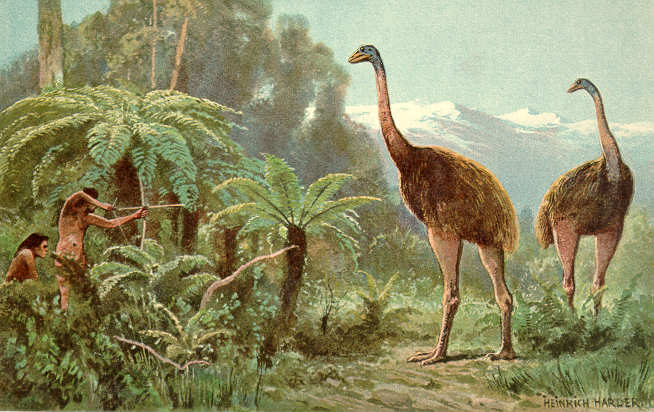
It would have been a cool addition, I thought, to all of the other birds still living in New Zealand, if the moa were still around. One gigantic bird, bigger than an ostrich even, alongside the mountain-dwelling kea; and the kea’s flightless, nocturnal cousins, the kakapo; and the other ground-dwelling birds of the night, the kiwi; and the similarly grounded, big, blue takahe… But alas…
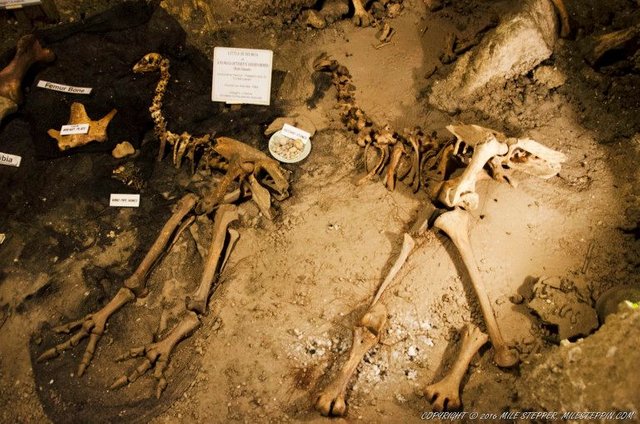
It was a disappointing moment.
It was like being told Big Bird wasn’t ever coming back to Sesame Street. It just didn’t seem right. I wanted the full set! It was no longer available.

I was too late.
Just in time for Wildlife Fact-File. But too late for the Moa, or the Tasmanian Tiger, or the Dodo, or many others.
What would happen to the Kea? Or the Kiwi, or Takahe, or Kakapo?
I’m 28 now and more than 20 years have passed since my days of Wildlife Fact-File, as well as when Pokémon first began. It’s interesting to note the direction they’ve each gone in that span of time.
While in the late 1990s, there were only 151 Pokémon to find, the total number of Pokémon species has grown to 802 in 2018.
Meanwhile, only 160 kakapo remain.
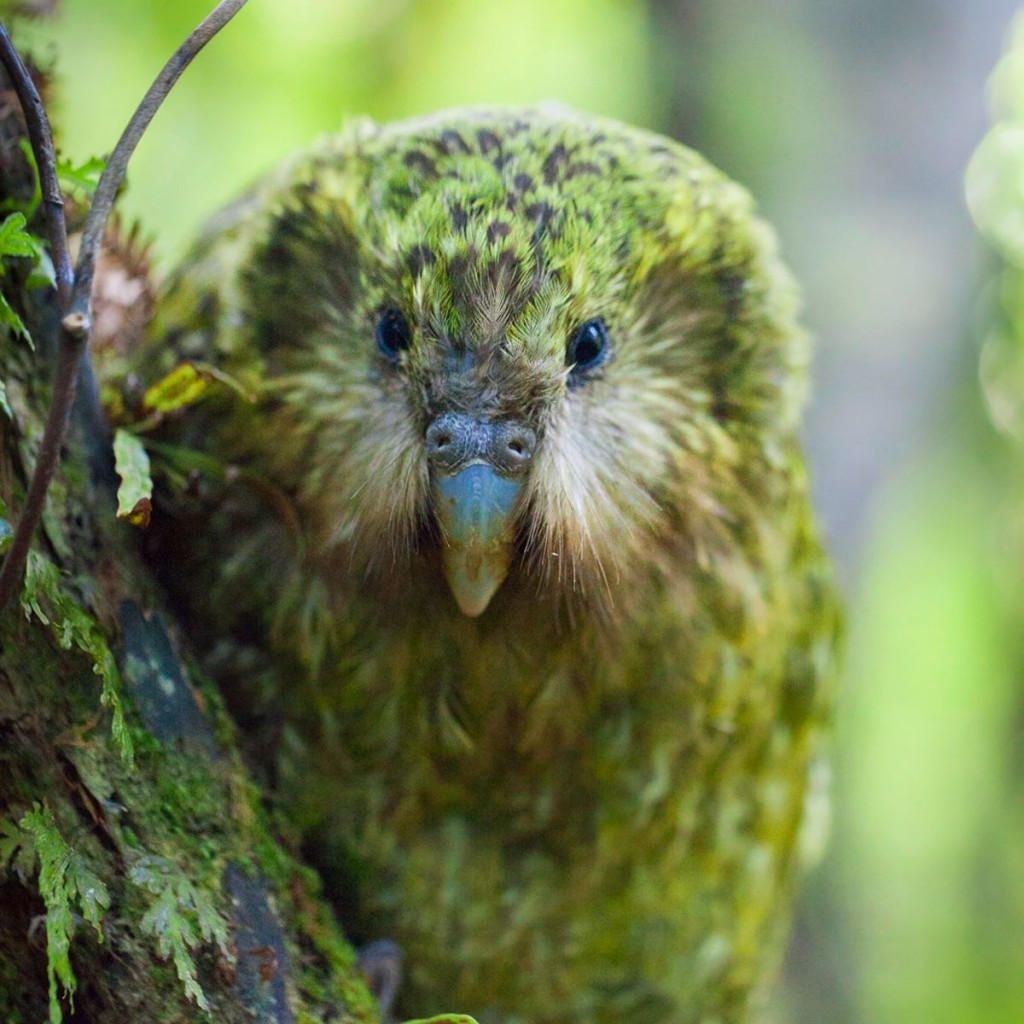
There are more Pokémon than there are kakapo in the world today.
Without exaggeration.
| Brown Kiwi | 25,000 as of 2008 source |
| Kea | 3,000-7,000 (may be much lower) source |
| Takahe (Moho) | 347 as of 2017 source |
| Kakapo | 160 (may be less) source |
| Moa | 0 source |
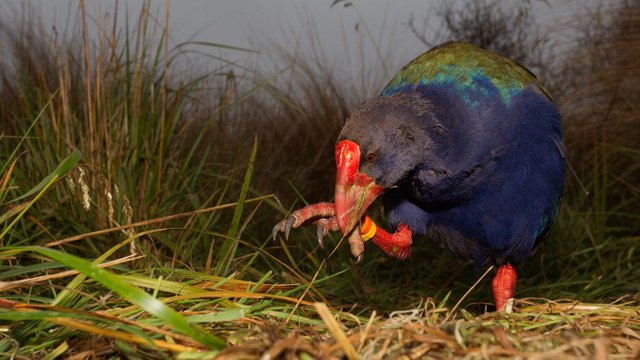
There are also more Pokémon than there are takahe.
Hell, there might be more people living on your street, or in your apartment building. There might be more kids in your grade at school, or employees at your company.
It's hard not to feel a wave of hopelessness when you see some of these numbers.
And if more than 99% of all species to have ever existed on Earth have since gone extinct, why should the kakapo or takahe receive any special treatment? It seems almost as if they're doomed for extinction up against much more efficient possums, rats, stoats, and other invasive species to have taken siege to the islands of New Zealand, 1 not to mention their loss of habitat to rampant commercialism.
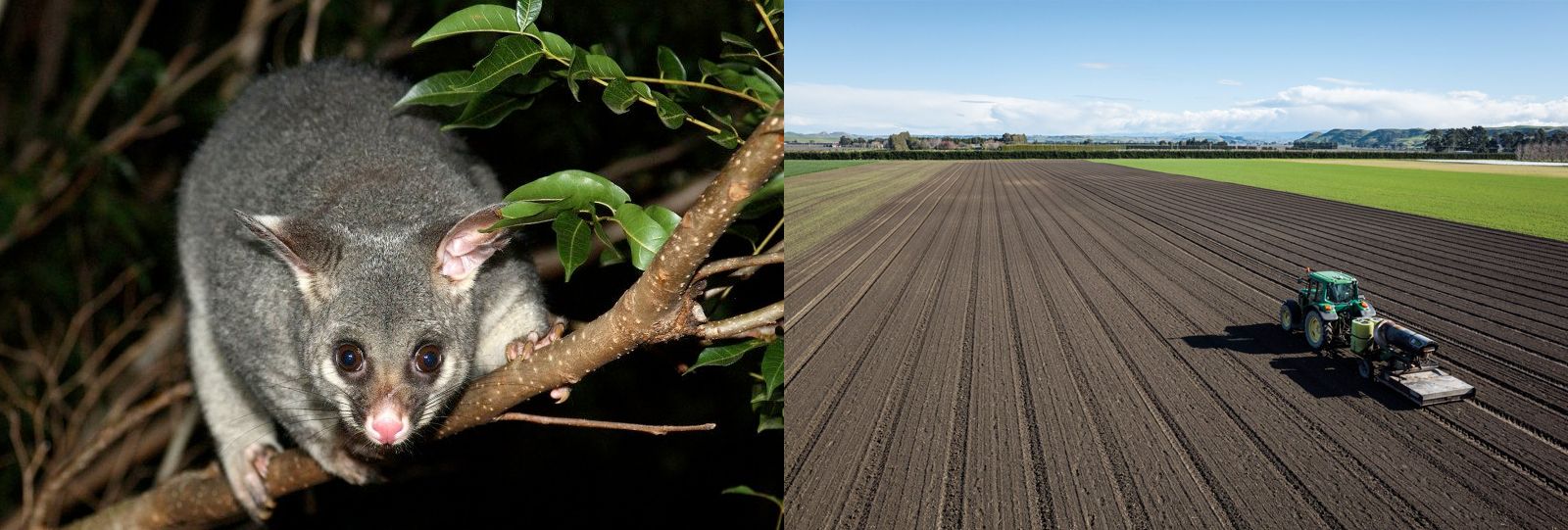
Experts estimate that each day, at least 27 species on this planet go extinct; as many as 100,000 may be lost every year. 2 These numbers are almost unfathomable. And it may even feel like it goes unnoticed, or doesn't matter. And for that matter, does it?
Does it matter what ultimately happens to any given endangered species? This is a natural thing. Right?
Well, only to a degree.
The rapid loss of species we are seeing today is estimated by experts to be between 1,000 and 10,000 times higher than the natural extinction rate.*
*Experts actually call this natural extinction rate the background extinction rate. This simply means the rate of species extinctions that would occur if we humans were not around.
As it were, we are having a tremendous impact on this.
But our power extends in both directions.
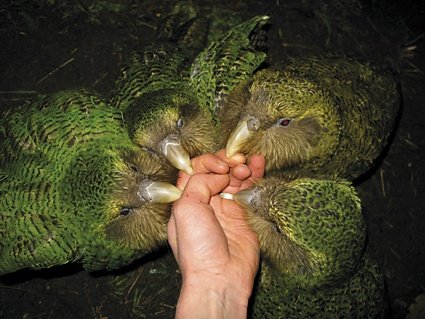
The difference of a natural extinction, and an extinction caused by humanity is akin to the difference of dying a natural death, and being killed by another person.
The impact of that premature loss on our world can be compared to the loss faced by a child who loses a parent prematurely.
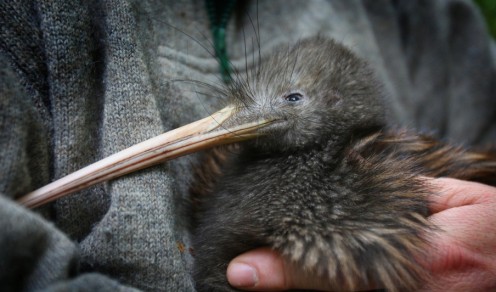
Over the past few years, I've become increasingly inspired to do something big in order to turn the tides on the fate of these rare birds of New Zealand, in a way that can help preserve the necessary diversity of flora and fauna across the entire planet.
My strength is my creative side, and I plan to document my journey towards my plans unfolding through this blog. I hope to gain many allies, partners, and friends, so please say hello, and let's start sharing. I'm Jozef.
Thanks for reading, keep posted for more.
I've just read this article and went back to read part one too. I love your style of writing and comparison and yes I remember the wildlife fact files. It truly is shocking how species are disappearing and we as people really don't seem to care.
I have resteemed your post (basically put it up on my blog too) so more people will see it as part of my #newbieresteemday as part of the Steemit Newbie Resteem Inititative where the idea is to promote and connect new users as well as get their content (of all kinds) out to as many people as possible from a grassroots level.
Thanks @skunkape30uk, I appreciate it along with the extra info. And great to find someone who remembers Wildlife Fact-Files! I agree it is alarming, especially when confronted directly, and I think New Zealand's wildlife is a glaring example of something at risk of slipping away right before our eyes.
A call to action! I, too, think biodiversity is a critically important metric that we need to pay attention to!
We have been learning more about our local rare and endangered birds here in Colombia, birds are a very interesting class of chordata!
Thanks Alex. I am hoping to do some future posts on examples of big consequences from when we have forcibly removed/lost species from ecosystems in the past. If you know of any examples in Colombia by chance, let me know. I'd be interested to read up on it.
Welcome to Steem Community @jozefkrichards! As a gentle reminder, please keep your master password safe. The best practise is to use your private posting key to login to Steemit when posting; and the private active key for wallet related transactions.
In the New Steemians project, we help new members of steem by education and resteeeming their articles. Get your articles resteemed too for maximum exposure. You can learn more about it here: https://steemit.com/introduceyourself/@gaman/new-steemians-project-launch
oh man that is pretty sad and a the idea of comparing with pokemon says it all really. what is truly valued. I am going back to read the first part now. Great writing, well researched and sourced and on an important subject.
much love - Carl "Totally Not A Bot" Gnash / @carlgnash
Click the badge to learn more about
Human Certified Original Works
Thank you, Carl-who-is-definitley-not-a-bot! I appreciate it. It definitely had an impact on me when I came to that realization as well. I am feeling excited and hopeful about deciding to do something to have an impact on it.
This is a natural photography.... Thanks for sharing. Resteemit done !
Thanks @rasel786, I am looking forward to my first trip to New Zealand in March to start getting some of my own shots of these birds and others.
Good call to action and awareness about these endangered birds. Loved the comparison to Pokemon.
Thanks to @ecoinstant, this post was resteemed and highlighted in today's edition of The Daily Sneak.
Thank you for your efforts to create quality content!
Great! Thanks to you both, glad to be part of The Daily Sneak.